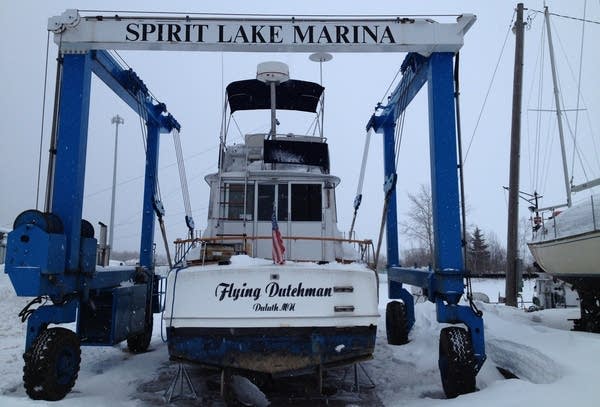Mayor Ness turns Duluth's attention towards St. Louis River communities

A boat waits out the winter at the Spirit Lake Marina on the St. Louis River in West Duluth. "The St. Louis River is a hidden gem in Duluth," said owner Charlie Stauduhar.
Dan Kraker/MPR News
Go Deeper.
Create an account or log in to save stories.
Like this?
Thanks for liking this story! We have added it to a list of your favorite stories.


